לין מאפ דרקסלר (1928-1999)
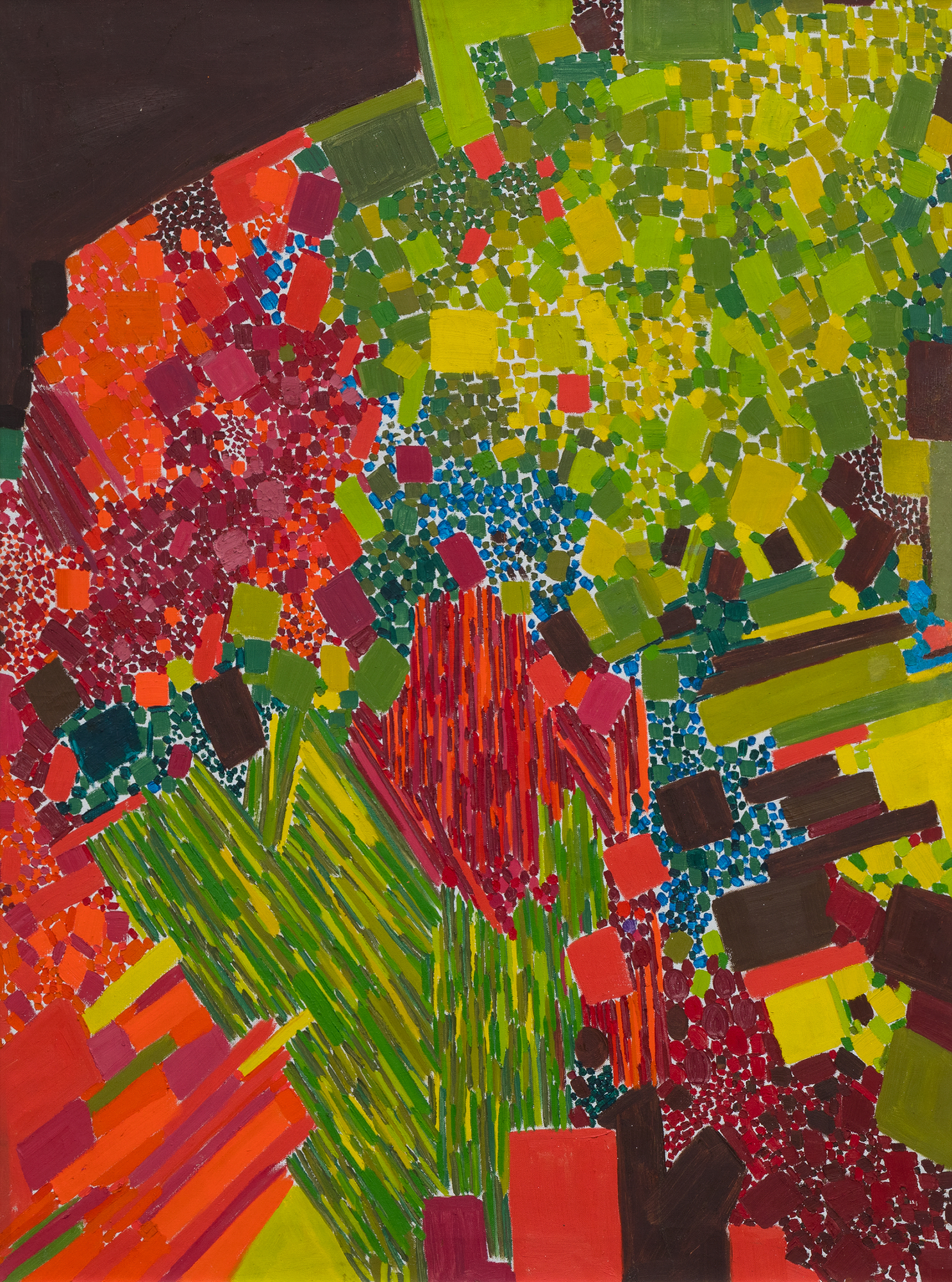
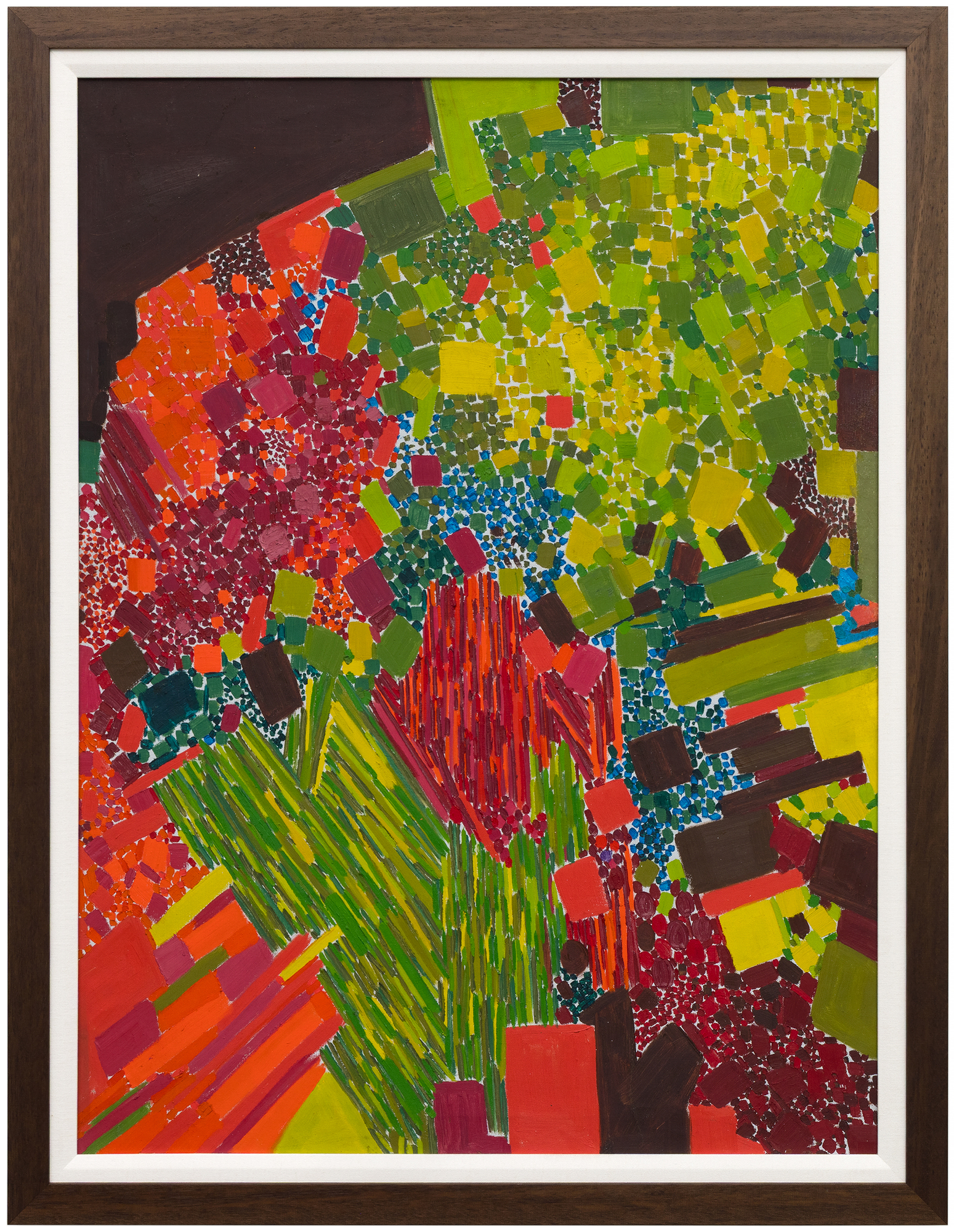
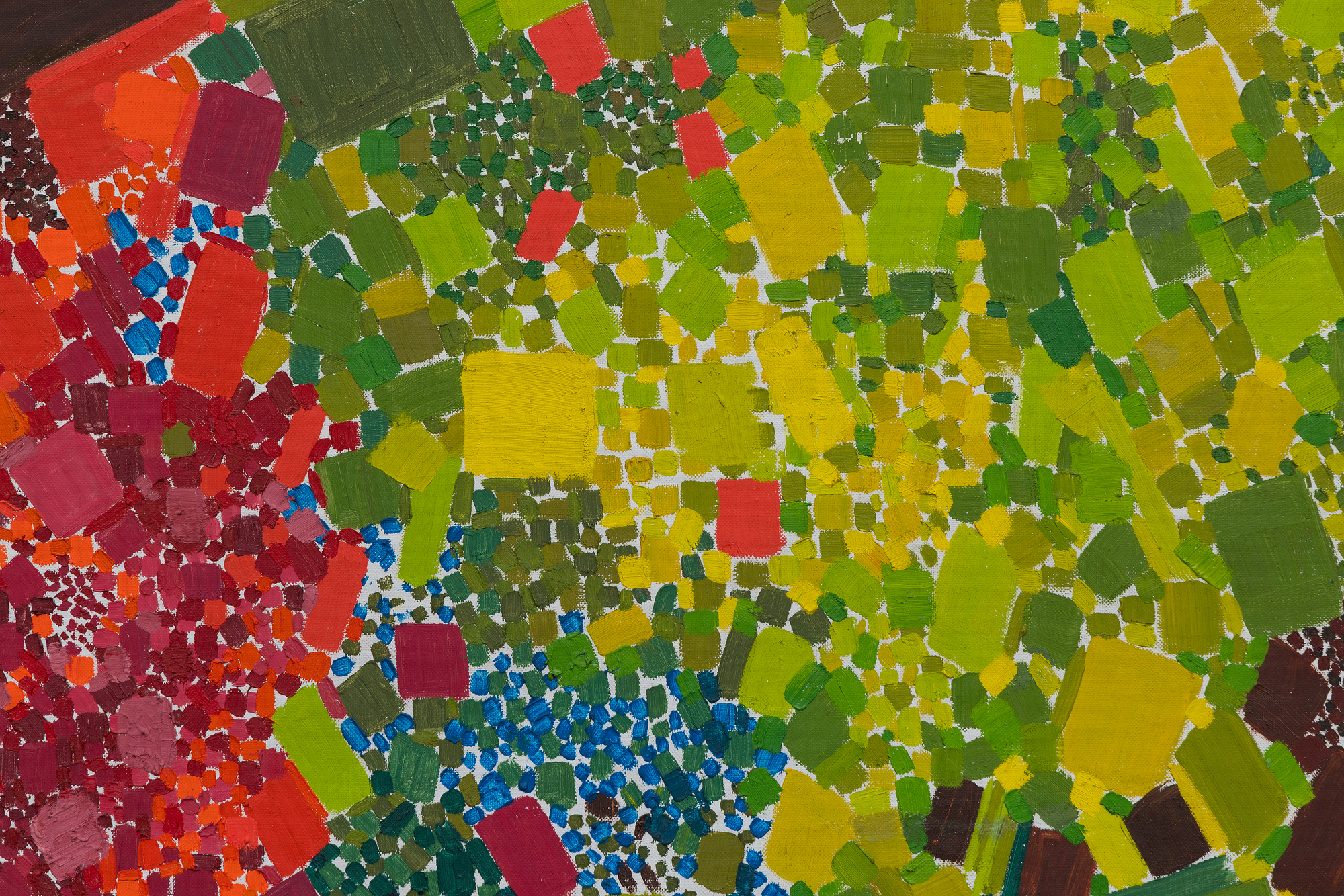
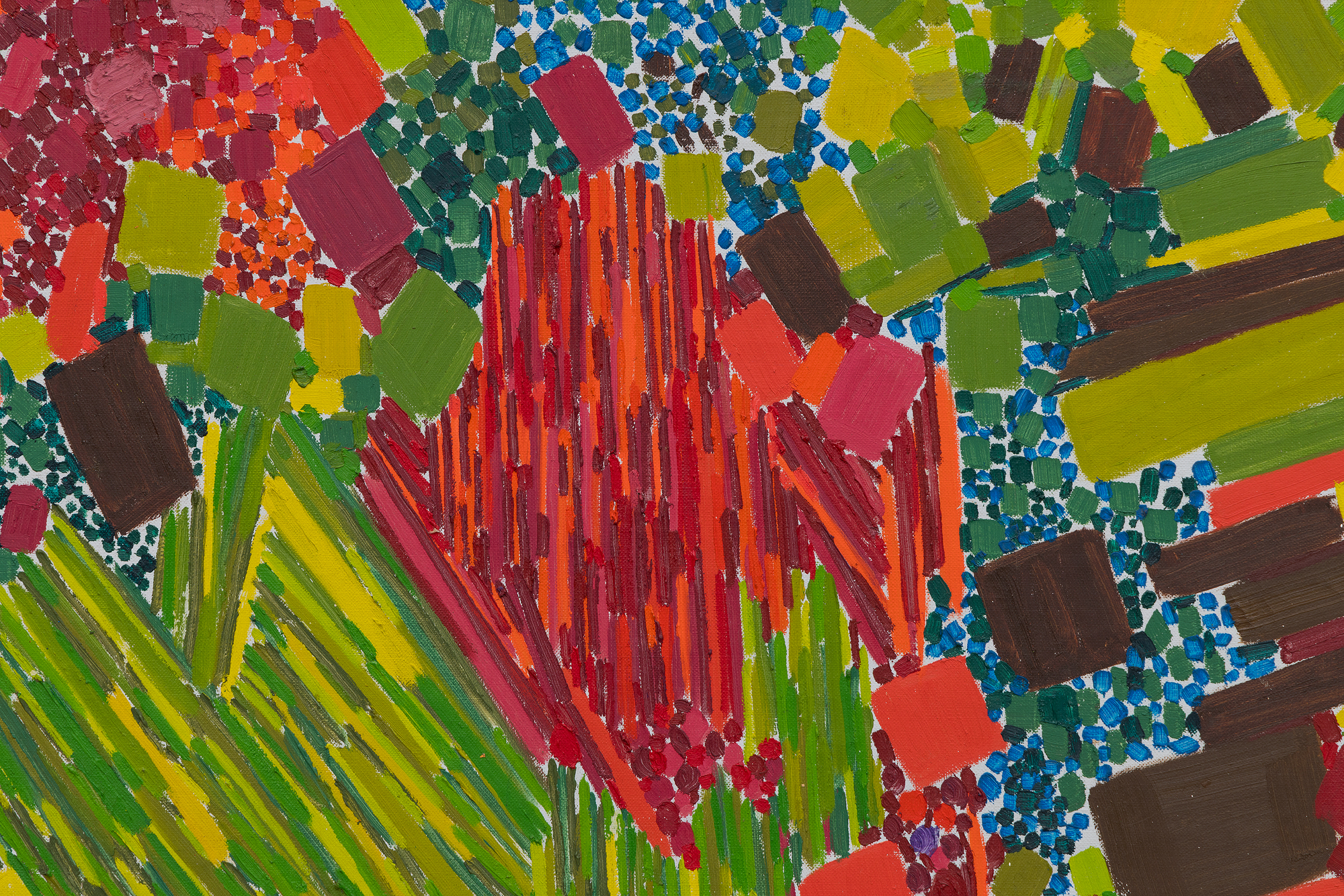
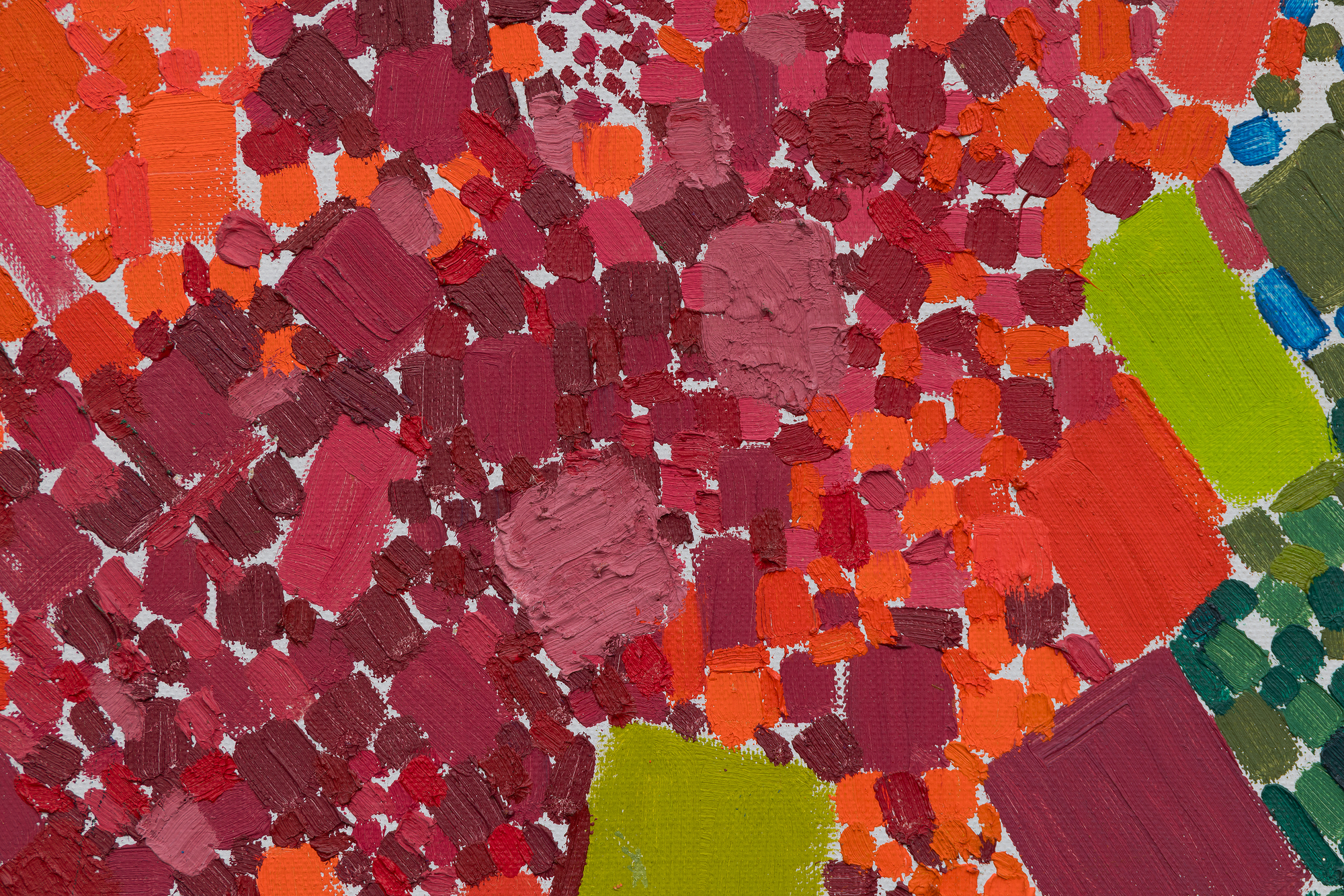
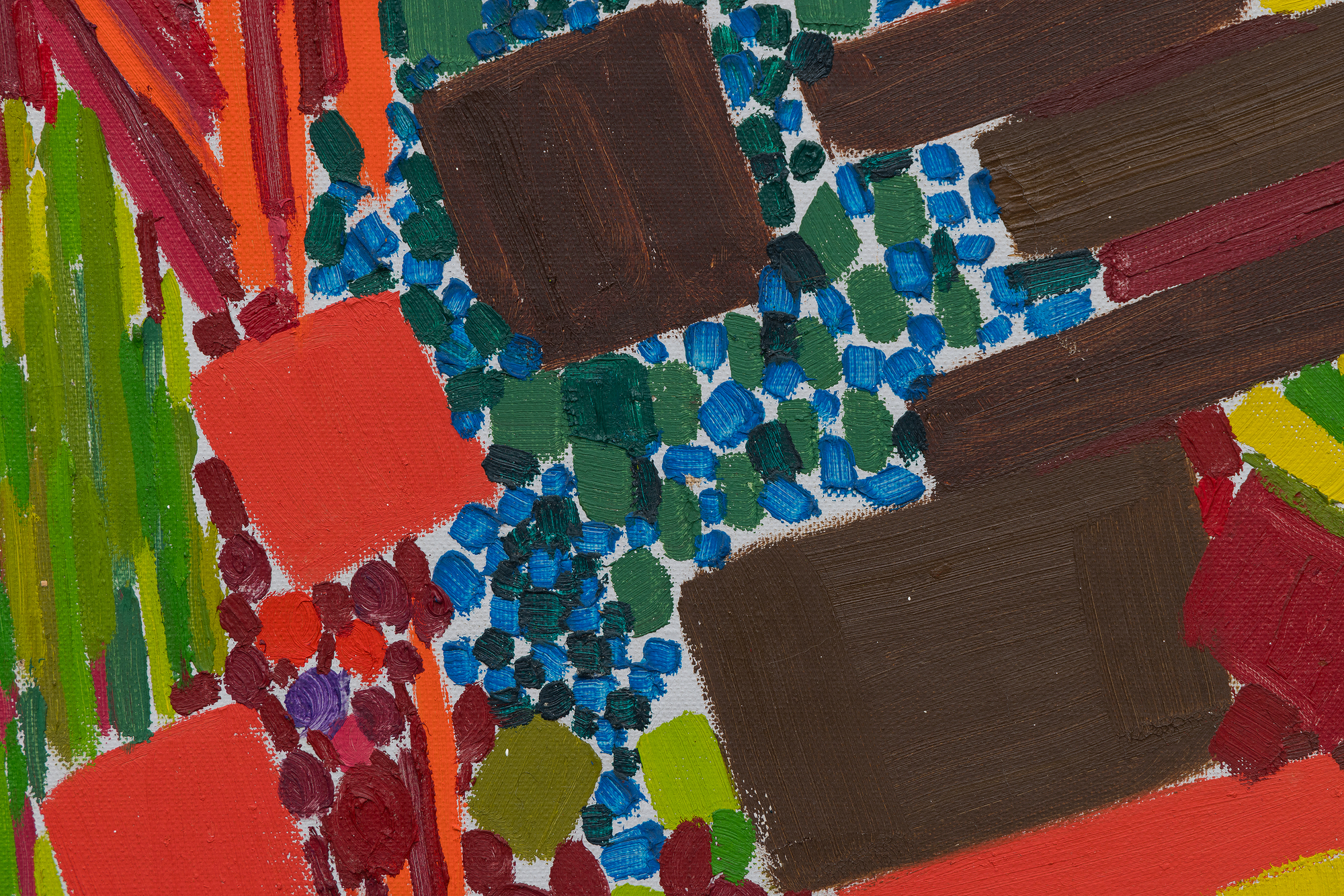
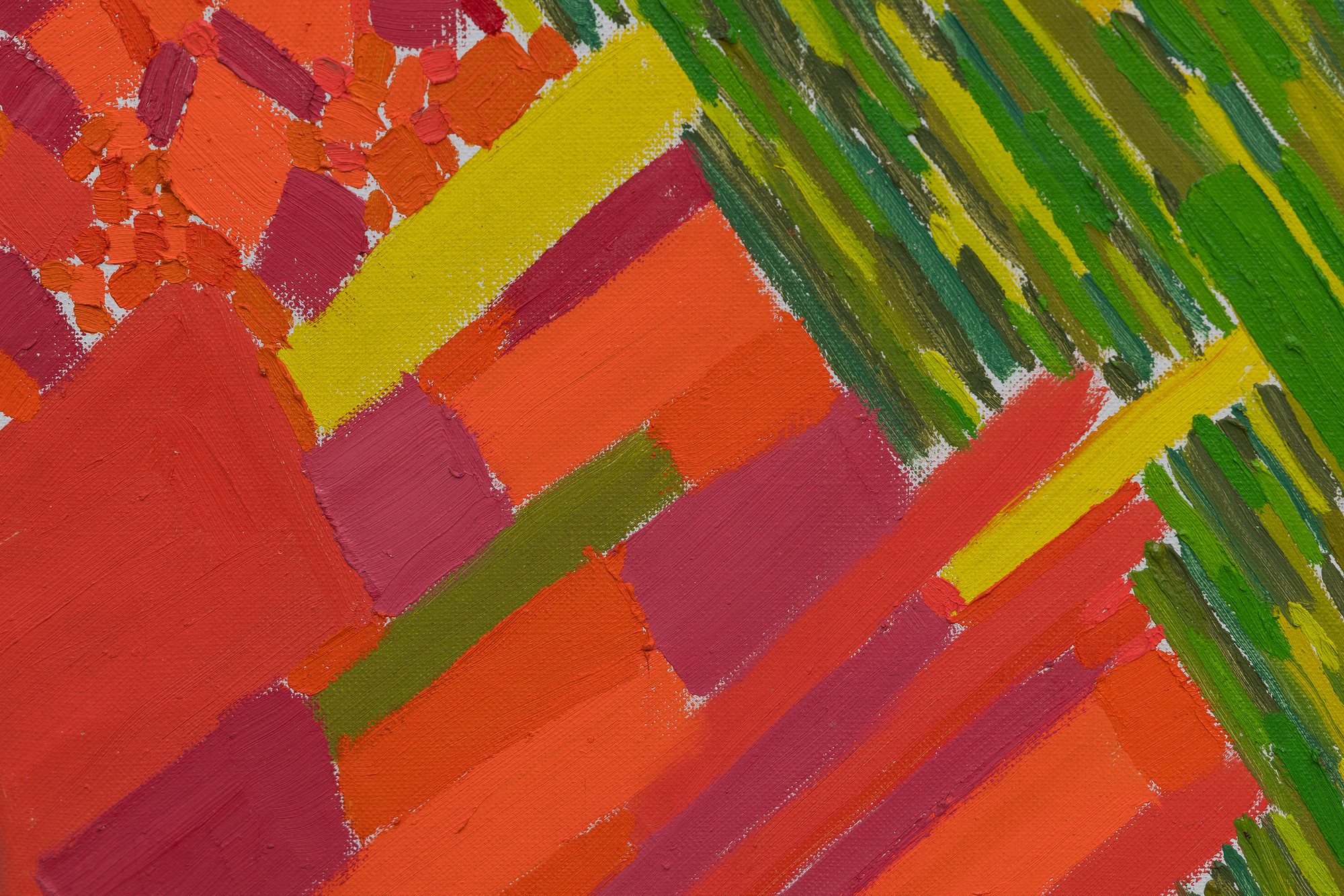
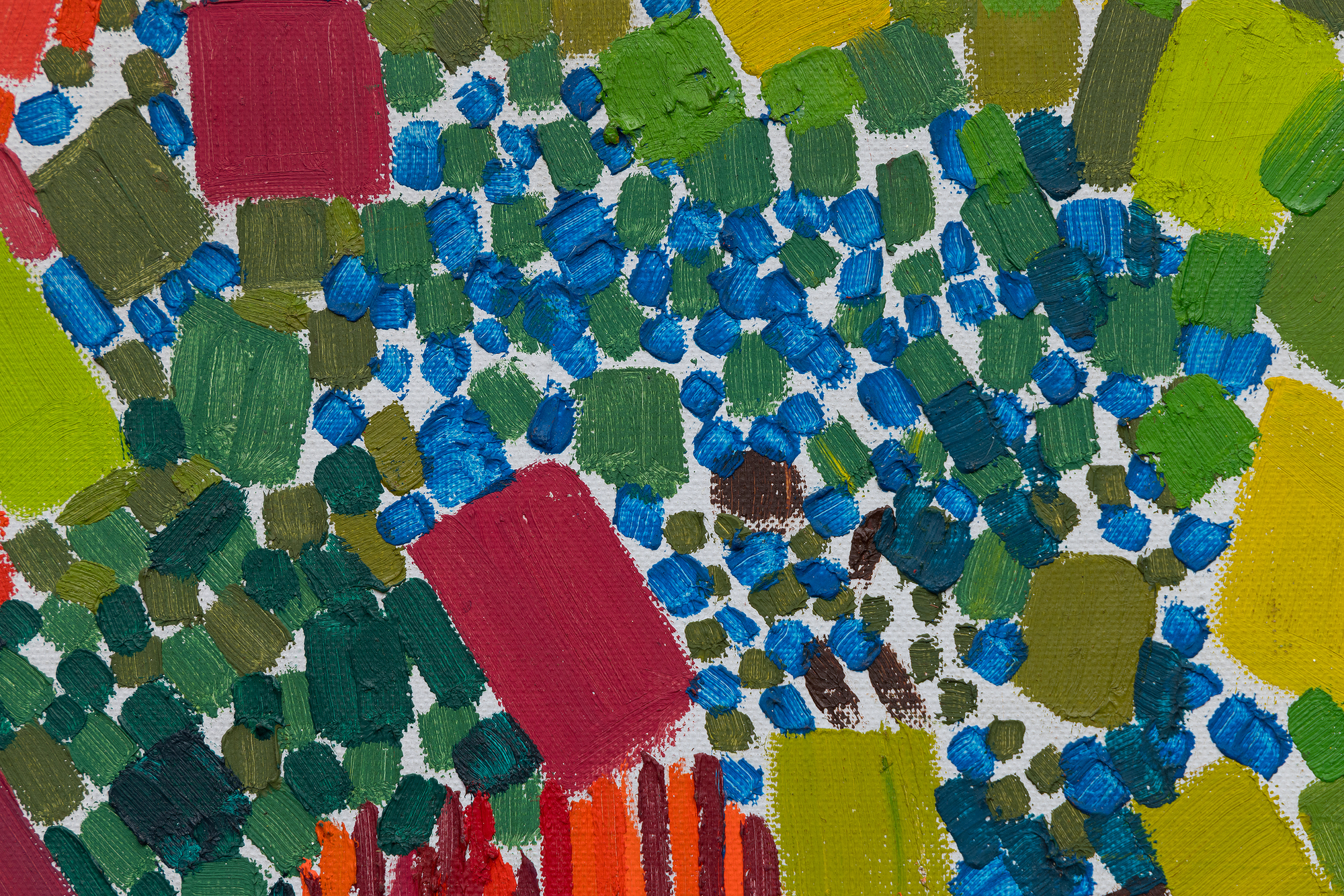
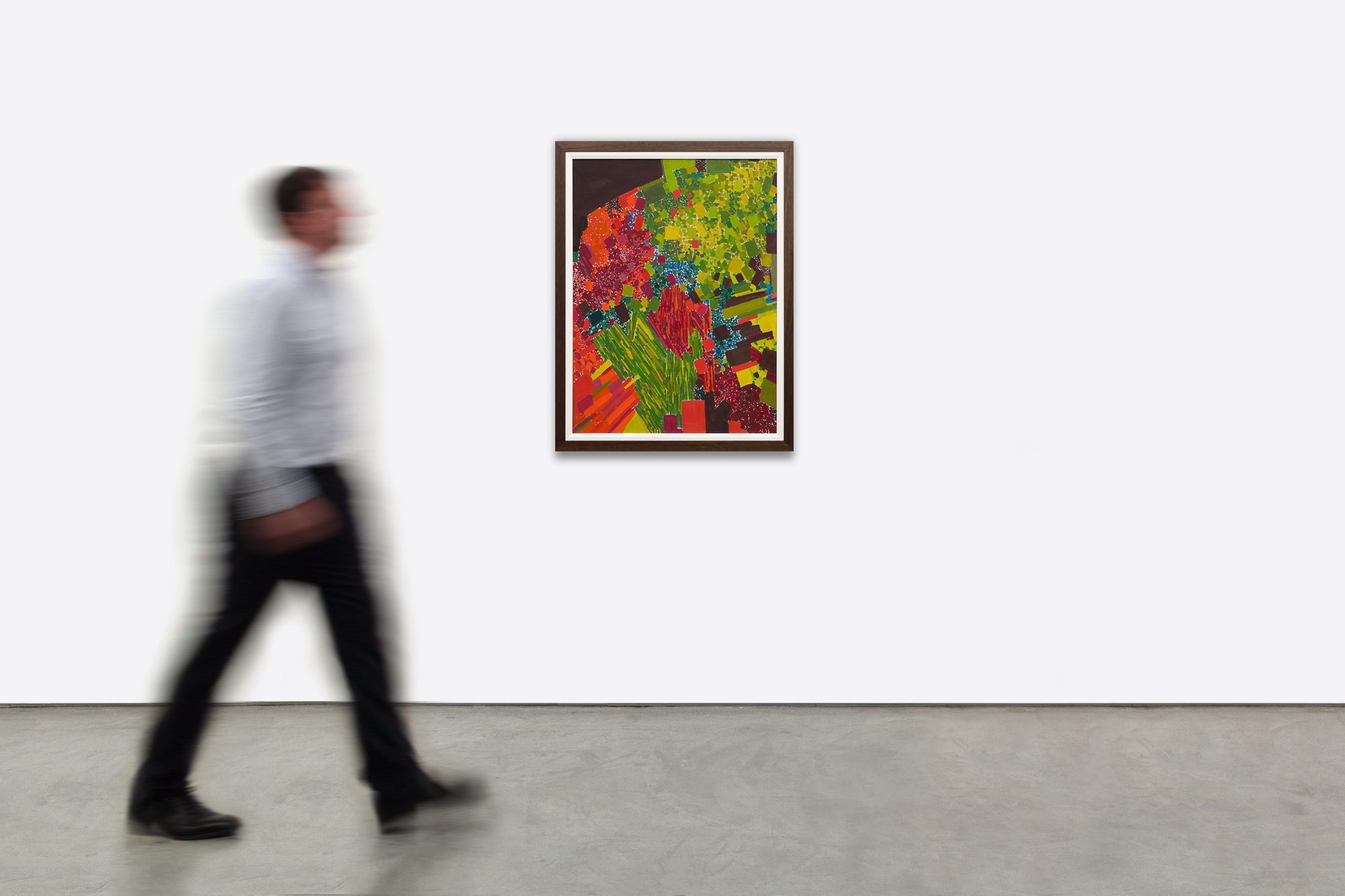
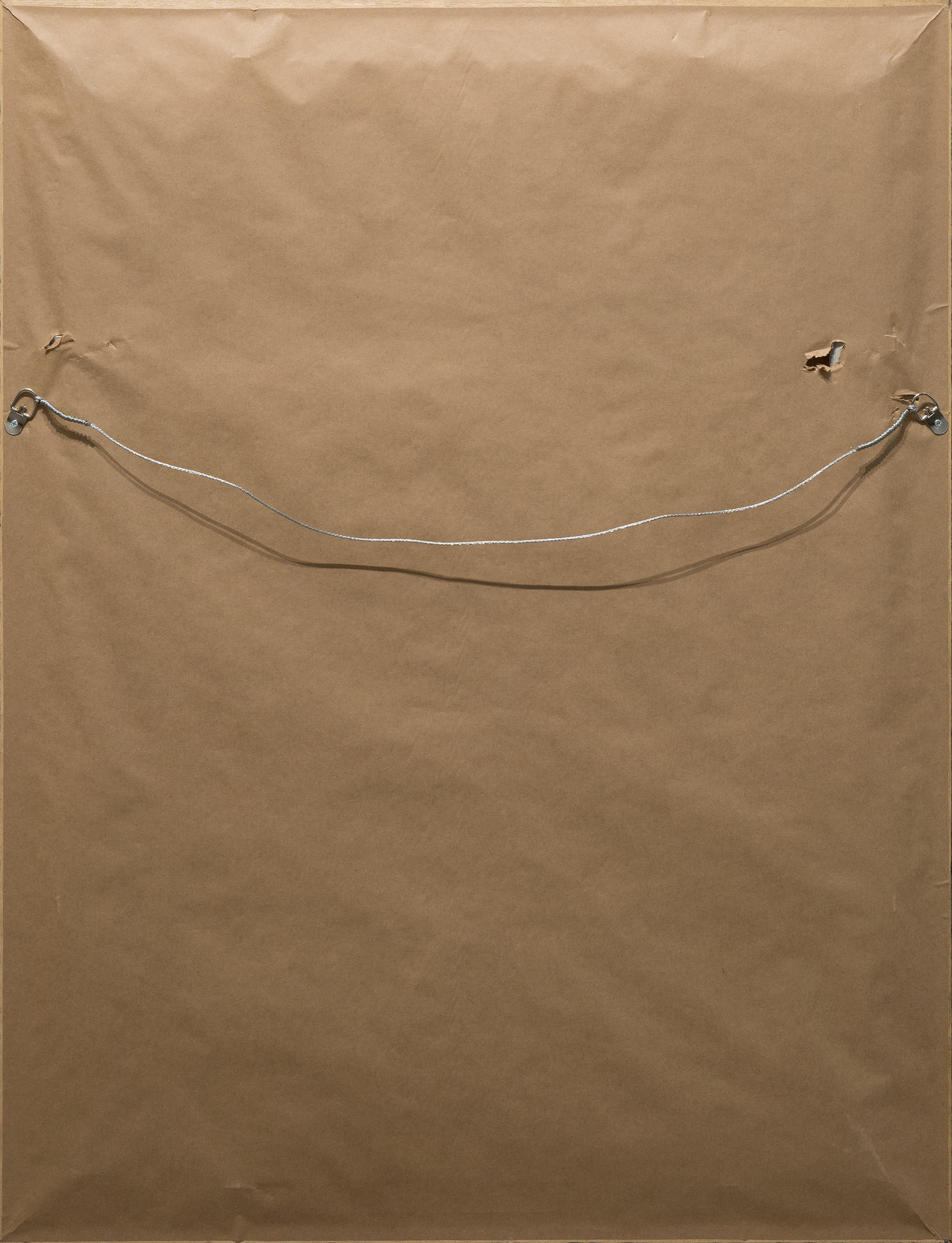
מקור ומקור
גלריית לופין, מונהגן, מייןאוסף פרטי, נרכש מהנ"ל
פיליפס ניו יורק, יום רביעי, 15 בנובמבר 2023, מגרש 106
אוסף פרטי, נרכש מהנ"ל
מחיר 375,000
בעבודה זו, צבע מקבל עדיפות על פני צורה, כאשר דרקסלר משתמשת בעוצמה כרומטית כדי ליצור קצב ומבנה. הטכניקה שלה מהדהדת עם תיאוריית ה"דחיפה-משיכה" המשפיעה של הנס הופמן, לפיה יחסי צבע יוצרים עומק ומתח מרחביים מבלי להסתמך על פרספקטיבה מסורתית. יחד עם זאת, עוצמת התנועות והאיכות האלתורית של עבודת המכחול משקפות את השפעתו של מורה רוברט מאת'רוול, שעודד חופש אקספרסיבי ומיידיות רגשית.
"אביב ספורדי" לוכד את הסינתזה של דרקסלר בין משמעת לספונטניות, וחושף כיצד יצרה קול ייחודי בתוך אסכולת ניו יורק תוך ציפייה לאבסטרקציה הלירית שתגדיר את סגנונה הבוגר.


